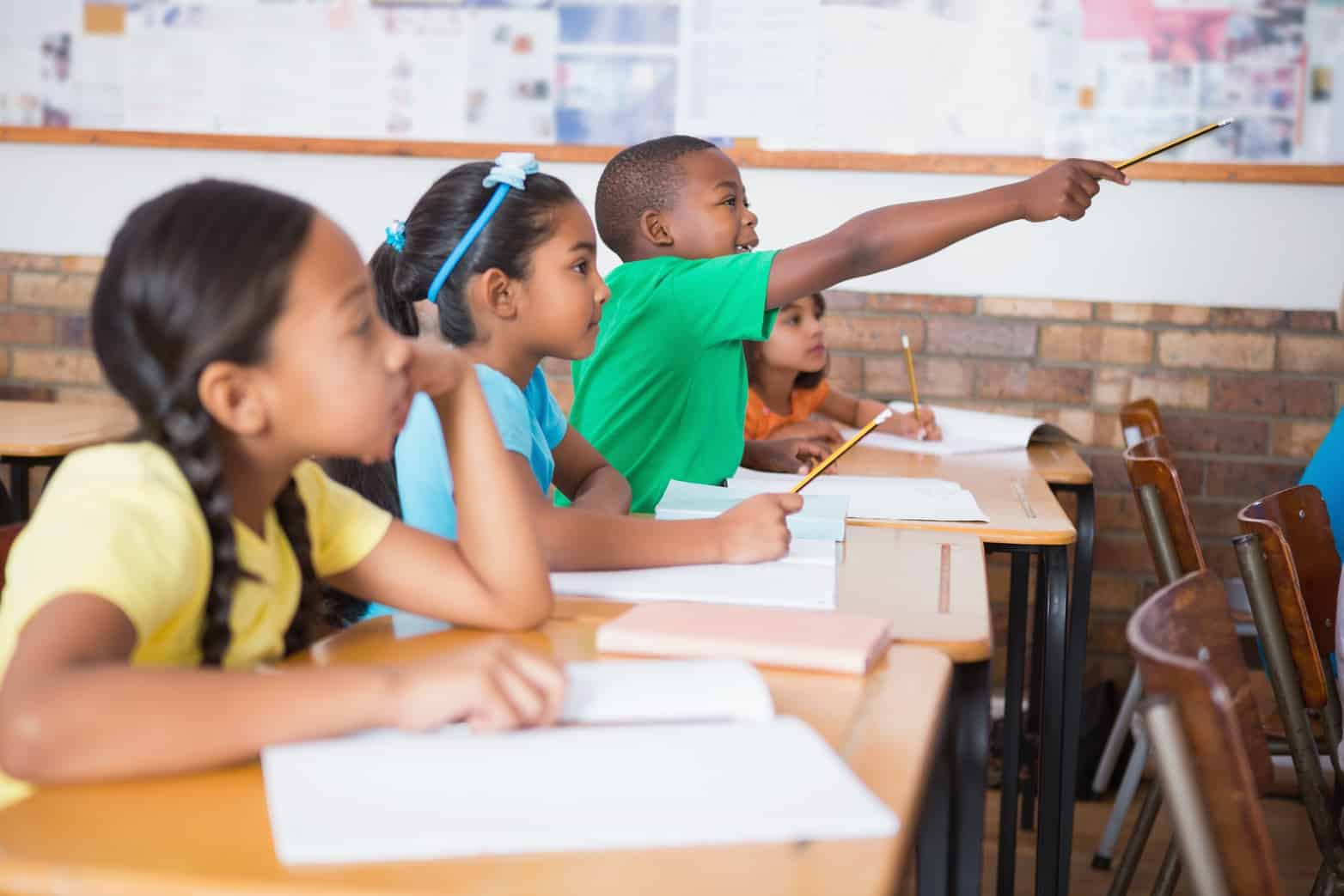This post is the first in a series of blogs addressing culturally relevant pedagogy and how we can move towards culturally relevant practices using standards-aligned instructional materials as a starting point. In this first post, Felecia Branch, middle school teacher in Detroit City Public Schools, reflects on her experiences as a student and an educator.
According to Merriam-Webster, to be marginalized is to be deemed insignificant, on the outside or boundary of as an individual, group, or concept. I was raised in a home where bi-weekly bible studies and readings were required; therefore, I began reading at an early age. When I started school in the early 1970s, illustrations in books depicted children with blond or brown hair, blue eyes, and milky white skin. The book that I remember best is the Dick and Jane series of readers. The characters were, of course, white children. The only time that I uncovered people who looked like me in school was once a year during Black History Month when we read biographies about people of color. The readings in these books represented a group of people who did look like me. They featured people of color fighting, dying, and always seemingly having to overcome incredibly dehumanizing conditions. At no point was there ever a narrative depicting people of color flourishing and excelling in life’s trajectory.
Rather in stark contrast, these stories sent a clear and prescient message that I would have to fight and overcome to actually become anything, to be anyone significant, and to not allow myself to be marginalized or seen as an afterthought. My innate value was measured solely by my skin color and not the inherent fact that—like my Caucasian counterparts—I, too, was born human. I know that I am not alone in this feeling; this has been and continues to be the experience of many children of color.
Fast forward to forty-plus years later, and as a teacher, I can regrettably still say that my students do not have equitable access to curriculum texts that feature culturally relevant characters with which they can personally identify as people of color. Their identities and cultures continue to be marginalized. Sound familiar? For children of color, it is all too familiar. They have been firmly placed outside the boundary of being important and worthy representation in educational literacy for far too long. We must not let the only texts that our students of color read be about other youths of color whose lives are burdened with drugs, gang violence, teen pregnancy, broken homes, or senseless death.
Children of color, regardless of life’s difficulties, have many points of joy that can and should be celebrated. Although our students may come to us with some adverse life experiences, those experiences should not define their narratives or be the sum total of who they are in the present. Neither should it skew their potential to be greater than their tragedies, and they should definitely not define their futures. This is why the work of bringing equity and truth to the classroom is so important. To show the happiness and joy that these youths have in their lives regardless of grandfathered ancestral plights, current living conditions, or circumstances is an integral part of the work. Despite the narratives that are often portrayed and those that are often closeted, children of color can achieve the wild dreams of their ancestors. With this in mind, I choose to teach urban children of color. I choose to work tirelessly to positively depict and celebrate narratives that represent my students, their hoods, and their potential with the hope that one day these stories of unique children of color will be abundantly accessible and utilized in ELA classrooms and education.


















Having a true understanding that these inequities and bias of representation in literature exist is the first step one can take toward impacting change .I too grew up in the “literary world” of unfiltered images of Tom, Dick, Susan, Jane and Spot. It was because of the wisdom of my library teacher in elementary school that I was exposed to the importance of taking those initial steps into discovering a sense of awareness, understanding and appreciation of the power of the printed word along with the images it projected to truly reflect “Me”.) Thank you for sharing your revelant and poignant insights.
Thank you! I agree. I just had to do a paper on unconscious bias in the classroom and how do we close the gap in education. Well done.
Brilliantly written! I too suffered through the Dick and Jane series and struggled to see myself in them. (I am a white woman, but have extremely curly brown hair and hail from Appalachia.) I still struggle to find equitable representations of mountain people. It’s one of the few marginalized groups that is still fashionable to demean. It took me many, many years to grow into a healthy sense of identity as a mountain woman enabled to stop covering my accent, speech patterns, and culture.